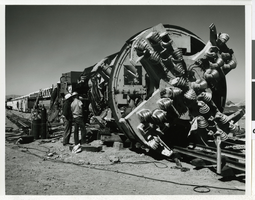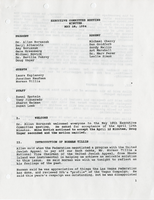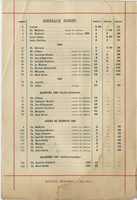Search the Special Collections and Archives Portal
Search Results

Photograph of the Jarva Tunnel Borer used on the Las Vegas River Mountain Project, Las Vegas, Nevada, circa 1968-1971
Date
Archival Collection
Description
Image

Photograph of the tunnel looking back on stationing from 394-00 on the Las Vegas River Mountain Project, Las Vegas, Nevada, circa 1968-1971
Date
Archival Collection
Description
Image

Las Vegas, Nevada : center and county seat of Clark County, Nevada, gateway of the great Boulder Dam project
Date
Description
Cover title.
Text
McMillan, James B., 1917-1999
Civil rights leader James B. McMillan was born in 1917 in Aberdeen, Mississippi and moved to Michigan in 1931 with his family. He finished his high school education in Hamtramck, Michigan where he was the first African-American captain of the football and track teams. In 1936, he opted to enroll at the University of Detroit rather than the segregated University of Michigan. After graduation, he moved to Nashville, Tennessee to attend Meharry Medical College School of Dentistry.
Person
Ronzone, Richard James, 1917-1989
Richard “Dick” J. Ronzone (1917-1989) was active in the local politics and civic affairs of Las Vegas, Nevada, serving as a Clark County Commissioner, a Nevada State Assemblyman, and a member of the University Board of Regents. He inherited and managed his family's retail store which dated back to the early 1900s. Ronzone also helped develop the Municipal Golf Course and was active in the Elks Lodge, Rotary Club, Veterans Of Foreign Wars, Reserve Officers Association, and the Boulder Dam Area Council of the Boy Scouts of America.
Person





